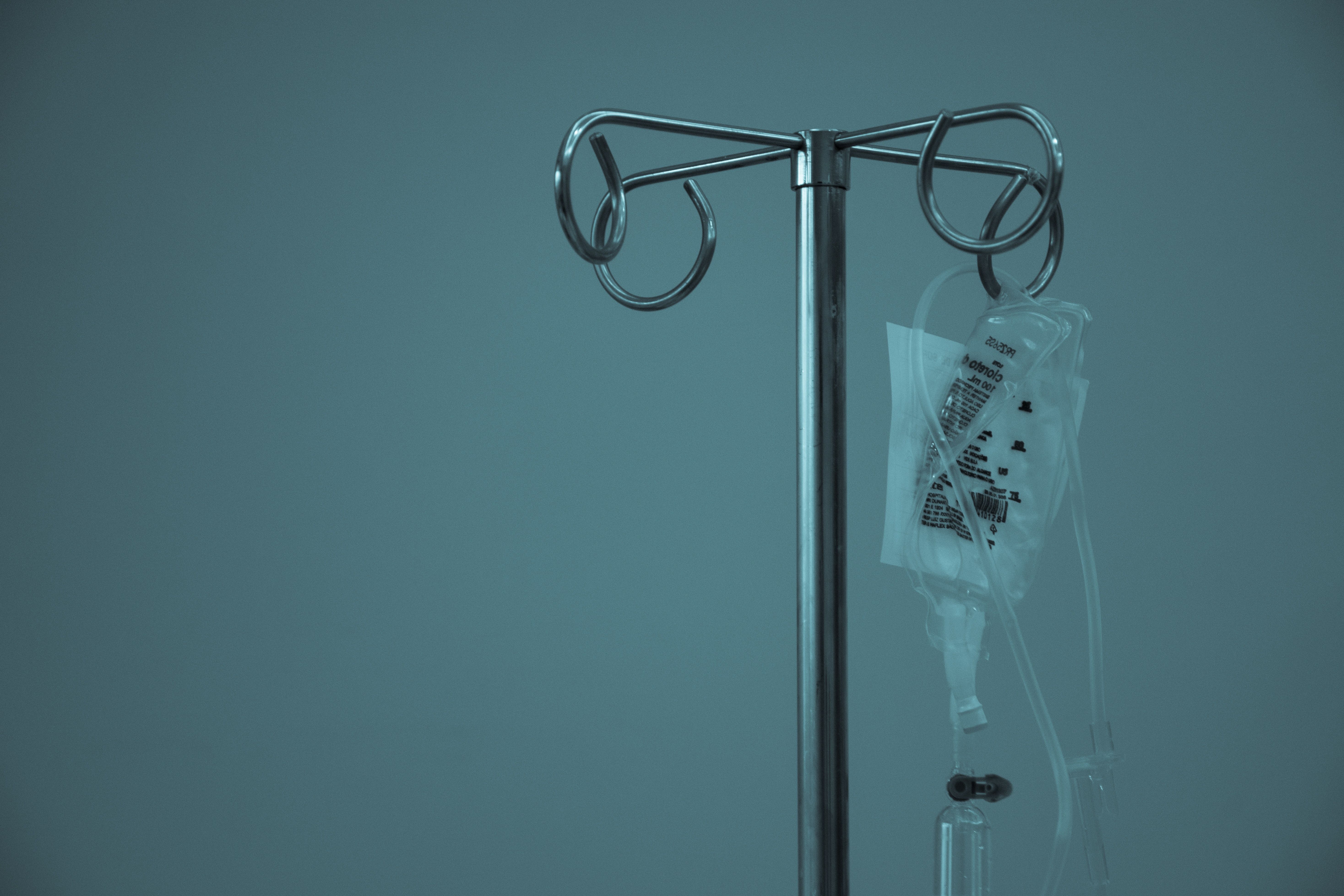New Treatment for HIV, Visceral Leishmaniasis Coinfection
Visceral leishmaniasis patients coinfected with HIV are vulnerable to other comorbidities including tuberculosis and cryptococcal meningitis but also to degrees of stigmatization and human rights issues.

A new intravenous combination therapy is more effective than previous standard care for visceral leishmaniasis in patients who are coinfected with HIV, according to a new treatment recommendation from the World Health Organization (WHO). The last time the treatment guidelines were updated was 2010 and were not specific to regional targets.
“The new WHO guideline offers hope to coinfected patients and fills an important gap in allowing countries where both diseases are prevalent to adapt the guideline for the treatment of complex clinical cases,” the statement said, while adding that coinfected patients are not only vulnerable to other comorbid conditions such as tuberculosis and cryptococcal meningitis but also to degrees of stigmatization and human rights issues.
The WHO explained that visceral leishmaniasis, or kala azar, is one of the leading parasitic diseases with outbreak and mortality potential. Only about 25 to 40 percent of cases are reported to the agency despite 50,000 to 90,000 new cases worldwide annually, primarily in Brazil, East Africa and India, the WHO release said. The most common characterizations of visceral leishmaniasis are fevers, weight loss, enlargement of the spleen and liver, and anemia.
The WHO noted that those infected with HIV are particularly vulnerable to leishmaniasis and the 2 diseases reinforce each other, causing “significant clinical and public health problems,” they said. “Both conditions suppress the immune system, resulting in more severe morbidity with limited therapeutic options and higher rates of relapse, exposure to medicines with increased toxicity and higher mortality rates.”
To develop the new recommendations, investigators in India and Ethiopia conducted studies that demonstrated superior treatment outcome, based on a regimen of daily injections of liposomal amphotericin B (AmBisome) over a period of up to 38 days.
In India, the new regimen had a relapse-free survival of 96 percent compared to 88 percent with the standard treatment. The WHO press release mentioned that since the 1980s, visceral leishmaniasis-HIV coinfection has increased in Ethiopia by 20-30 percent; it has since declined slightly. There, the new combined regimen showed 88 percent efficacy compared to the current standard treatment efficacy of 55 percent.
Health care leaders in both regions greeted the development with enthusiasm:
- “We welcome the new recommendations as well as the key indicators for monitoring the outcomes of coinfected patients as this has the potential to accelerate efforts towards eliminating kala azar as a public health problem,” said Roderico H. Ofrin, WHO Representative to India.
- “We have a long experience in using different medicines and regimens to treat VL-HIV patients, which were less efficient and with high toxicity, relapse and mortality,” said Tesfahun Bishaw Mengistie, Leishmaniasis focal person, Diseases Prevention and Control Directorate, Federal Ministry of Health, Addis Ababa, Ethiopia. “We welcome the new recommendations as they ensure better management of this complex condition.”
NPR reported that because this new combination therapy is an injection, patients need to visit a health care center throughout the course of their treatment. The Drugs for Neglected Diseases Initiative (DNDi) was awarded a grant of $5.8 million to develop new oral treatments for leishmaniasis, while the WHO plans to also develop an oral equivalent of the combination therapy.
